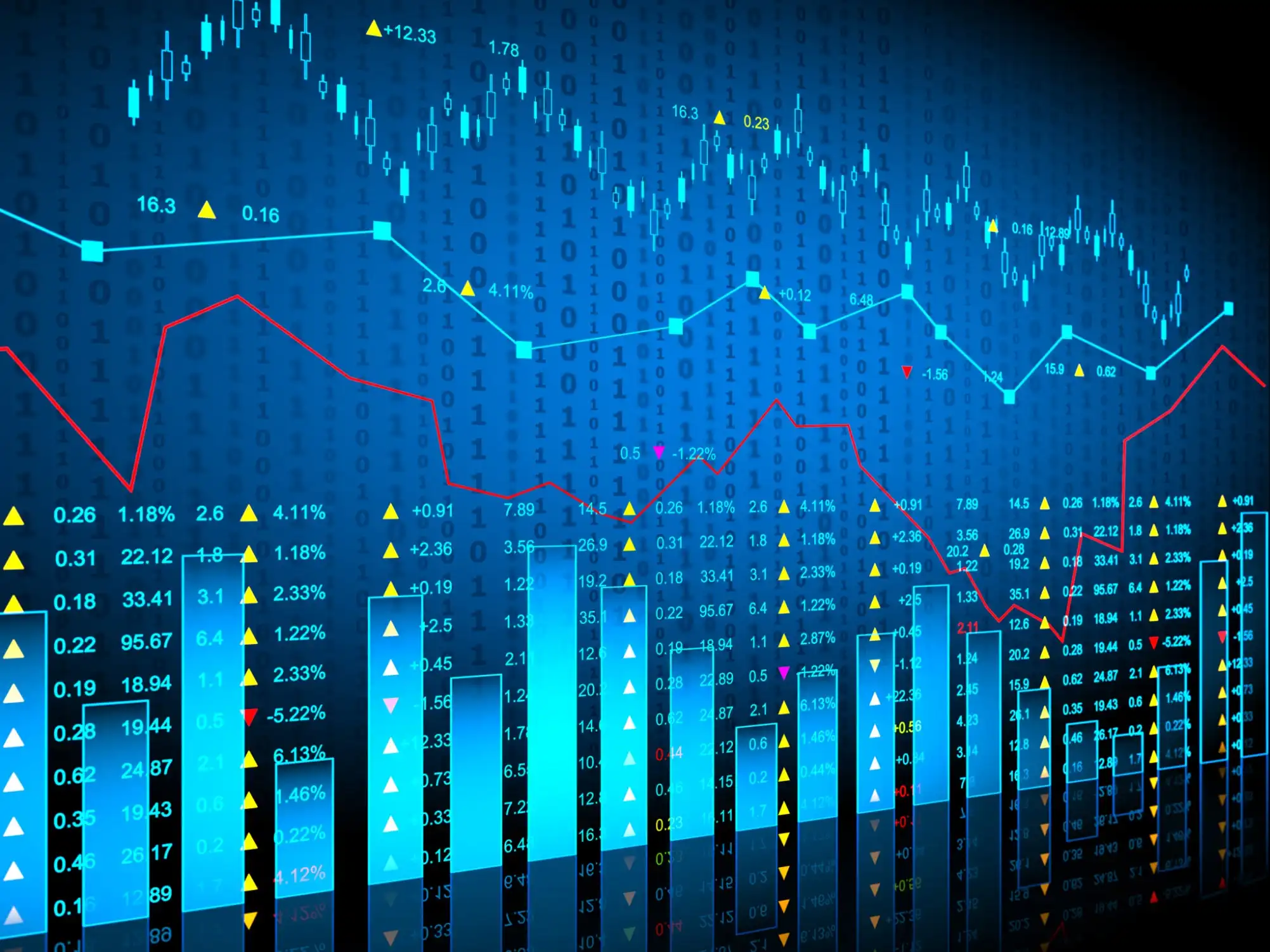
Master the Power
VSPHERE Technologies's Data Analytics.
Turn raw data into actionable insights and unlock a rewarding career in Data Analytics!
At VSPHERE Technologies, we offer a comprehensive Data Analytics and training program designed to equip you with the skills and knowledge to navigate the ever-growing world of data.
Invest in your future, enroll today, and become a sought-after Data Analyst!
+ 91 8660039835
CALL ANYTIME OUR TO EXPERTS
Syllabus for Data Analytics with Power BI, Excel, and SQL
1.1 Overview of Data Analytics
- Definition and scope of data analytics
- Importance and applications in various industries
- Evolution and current trends in data analytics
1.2 Basics of Data Analytics Tools
- Introduction to Excel for data analysis
- Overview of SQL for database querying
- Introduction to Power BI for data visualization
1.3 Role of Data Analyst
- Responsibilities and key skills required
- Career paths and opportunities in data analytics
- Real-world examples of successful data analytics projects
2.1 Data Collection Methods
- Primary and secondary data sources
- Surveys, interviews, observations, and experiments
- Web scraping and API integration
2.2 Data Preprocessing Techniques with Excel and SQL
- Data cleaning: handling missing values, duplicates, outliers in Excel
- Data transformation: filtering, sorting, and joining data in SQL
- Data manipulation: data cleansing and transformation in Power Query Editor
2.3 Hands-on Project: Preprocessing Real-World Dataset
- Cleaning and preparing a dataset using Excel and SQL
- Implementing preprocessing techniques with Power Query Editor
3.1 Understanding EDA
- Purpose and objectives of exploratory data analysis
- Techniques for summarizing and visualizing data in Excel
- Importance of EDA in hypothesis generation and feature selection
3.2 EDA Techniques with Excel and Power BI
- Descriptive statistics: mean, median, mode, variance, standard deviation in Excel
- Data visualization: creating charts, pivot tables in Excel and Power BI
- Correlation analysis: exploring relationships between variables in Power BI
3.3 Case Study: EDA on Real-World Dataset
- Performing EDA using Excel and Power BI
- Drawing insights and identifying patterns in the data
4.1 Introduction to SQL
- Structured Query Language fundamentals
- Understanding relational databases and tables
- Basic SQL commands: SELECT, WHERE, GROUP BY, ORDER BY
4.2 Advanced SQL Queries
- Joins: INNER JOIN, LEFT JOIN, RIGHT JOIN
- Subqueries and nested queries
- Aggregation functions: COUNT, SUM, AVG, MAX, MIN
4.3 Hands-on Project: Data Analysis with SQL
- Writing SQL queries to extract, transform, and analyze data
- Performing data analysis tasks such as segmentation, filtering, and aggregation
5.1 Advanced Excel Functions for Data Analysis
- VLOOKUP, HLOOKUP, INDEX-MATCH
- Pivot tables and Pivot charts for interactive analysis
- Conditional formatting and data validation
5.2 Statistical Analysis with Excel
- Regression analysis: linear and multiple regression
- Forecasting techniques: moving averages, exponential smoothing
- What-if analysis: scenario manager, goal seek, data tables
5.3 Hands-on Project: Advanced Data Analysis in Excel
- Applying advanced Excel functions and tools for data analysis
- Building interactive dashboards and reports
6.1 Introduction to Power BI
- Overview of Power BI Desktop and Power BI Service
- Connecting to data sources: Excel, SQL Server, CSV files
- Building data models and relationships
6.2 Creating Visualizations in Power BI
- Designing interactive reports and dashboards
- Using different visualization types: bar charts, line charts, maps, etc.
- Adding interactivity with slicers, filters, and drill-through
6.3 Hands-on Project: Data Visualization in Power BI
- Importing and transforming data in Power BI Desktop
- Designing visualizations and creating a dynamic dashboard
7.1 Power BI Data Modeling
- Understanding data modeling concepts: star schema, snowflake schema
- Creating relationships between tables
- Implementing calculated columns and measures
7.2 Introduction to DAX (Data Analysis Expressions)
- DAX syntax and functions
- Calculated columns vs. measures
- Aggregation functions: SUMX, AVERAGEX, COUNTX
7.3 Hands-on Project: Data Modeling and DAX in Power BI
- Building a data model with multiple tables and relationships
- Writing DAX expressions to perform calculations and create KPIs
8.1 Integration with Excel and SQL
- Connecting Power BI to Excel and SQL databases
- Importing data from Excel and SQL Server
- Combining data from multiple sources in Power BI
8.2 Advanced Data Visualization Techniques
- Custom visuals and plugins in Power BI
- Geographic and time series visualizations
- Creating reports for mobile devices
8.3 Real-Time Analytics with Power BI
- Streaming data with Power BI Service
- Building real-time dashboards and alerts
- Case study: monitoring sensor data in real-time
9.1 Capstone Project Overview
- Applying skills and knowledge acquired throughout the course
- Working on a real-world data analytics project using Excel, SQL, and Power BI
- Presentation and demonstration of the project to peers and instructors
9.2 Project Selection and Planning
- Identifying a suitable dataset and problem statement
- Defining project objectives and milestones
- Planning project implementation and resource allocation
9.3 Project Execution and Evaluation
- Data collection, preprocessing, and analysis
- Building data models, writing SQL queries, and creating visualizations
- Evaluating project outcomes and addressing challenges
9.4 Project Presentation and Documentation
- Creating a comprehensive project report
- Presenting findings, insights, and recommendations
- Receiving feedback and reflecting on the project experience
10.1 Industry Case Studies
- Real-world applications of data analytics with Excel, SQL, and Power BI
- Success stories and lessons learned from industry leaders
10.2 Career Development in Data Analytics
- Resume building and interview preparation
- Networking opportunities and professional certifications
- Continuing education and lifelong learning in data analytics
10.3 Emerging Trends in Data Analytics
- Future directions and evolving technologies
- Opportunities and challenges in the data-driven economy
- Strategies for staying updated and adapting to change

Program Description
This course is designed to introduce students to the fundamental concepts and tools necessary for analyzing data across various industries. Through a combination of theoretical understanding and practical exercises, learners will develop the ability to transform raw data into actionable insights. The course covers the entire data analytics process, including data collection, cleaning, exploration, analysis, visualization, and interpretation. Emphasis is placed on using popular data analytics software and programming languages, such as Python and R, along with an introduction to machine learning concepts. By the end of the course, students will be capable of conducting independent data analysis projects and making data-driven decisions.
Become a Data Wiz
This program combines the power of data analysis with the industry-leading Power BI tool, covering:
- Data Analytics
- Data Visualization Essentials
- Power BI Mastery
- Data Warehousing and Business Intelligence (BI) Concepts
- Case Studies and Real-World Applications

Benefits of Our Data Analytics Course
Learn the tools and techniques used by leading companies in their data analytics and PowerBI processes.
Practice your skills through labs, projects, and case studies, gaining practical experience with data analysis and Power BI.
Gain knowledge from data analytics professionals with real-world expertise.
Get personalized guidance on career paths in data analytics, including resume building and interview preparation.
Prepare for industry-recognized certifications like Microsoft Power BI Data Analyst Associate.


We’re Certified IT Experts.
Get to Know more About Course
Key features of the programs are
- 60+ hours of course duration
- Industry expert faculties
- Completed 150 + batches
- List Free demo classes #1
- List Item #Free counseling and certification guidance
- 100% job assurance.

We created a syllabus that aligns with industry standards and caters to both beginning and experienced learners.
Our Program Benefits
VSPHERE Technologies
- Gain comprehensive knowledge and skills with our 60+ hour course duration.
- Learn from seasoned professionals with real-world experience.
- Over 150 batches have successfully completed our programs and secured jobs.
- Get a feel for our approach with free demo classes.
- We provide free counseling and certification guidance to help you shape your career path.
- Get 100% job assistance to kickstart your dream career (Terms and Conditions apply).




